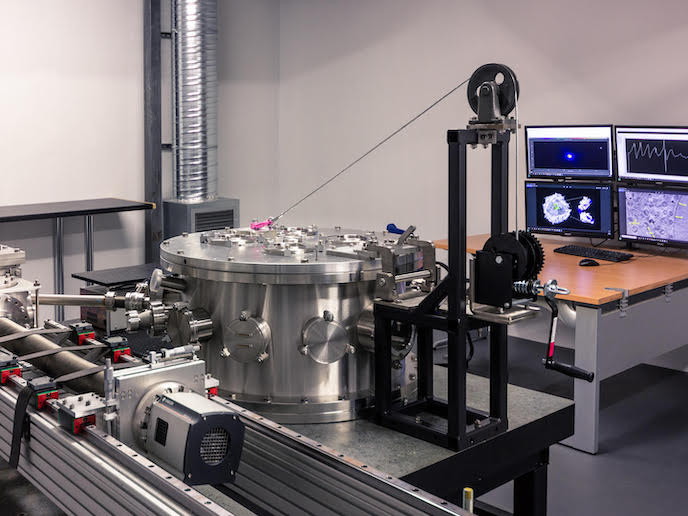Cutting back on the radiation, boosting scan quality: a new era for CT imaging
In 2018, around 60 million(opens in new window) computerised tomography (CT) examinations were performed across the EU. CT scans are one of the most frequently used medical imaging methods and can be used for a range of conditions, such as stroke, cardiovascular disease, trauma, lung disease and cancer. In children, CT examinations are, for example, used for diagnosing congenital heart disease, finding tumours, investigating skeletal deformities, identifying post-traumatic changes in the brain and planning surgery. In some cases, for example cancer, multiple examinations need to be made in order to track progression over time. Since ionising radiation is potentially harmful, the radiation dose must be kept as low as reasonably achievable, and this is particularly important when imaging children. When needed, however, the benefits do outweigh the risk. The EU’s LowD-CT project has been working to reduce the need for exposure. “We have succeeded in developing an image reconstruction algorithm which improved image quality considerably for a given radiation dose, although we have not yet evaluated its performance compared to the current state of the art,” says principal investigator Mats Persson, assistant professor of Physics at the KTH Royal Institute of Technology(opens in new window) in Stockholm, Sweden.
A sharper image using less radiation
When taking a CT scan of a patient, the amount of transmitted X-ray radiation through the patient from different directions is measured. A process known as ‘image reconstruction’ is then used to turn the measured data into a three-dimensional image: more specifically, into a map of the X-ray attenuation properties of the tissue at each point in the imaged volume. The commercial CT scanners that have been used clinically up to this point are all based on a detector type called ‘energy integrating’, which means that the detector measures the total amount of incident X-ray energy per unit time. Photon-counting detectors, on the other hand, can count the individual photons and measure their individual energies. This extra information improves image quality. “With a photon-counting detector,” explains Persson, “such as the one developed in our research group, we can reduce the ‘noise’ in these images, while also improving spatial resolution.” The project also assesses the energy distribution of the transmitted X-rays to identify the material composition in the body. There are a small number of prototype photon-counting CT scanners in the world, and one of them is based on the silicon detector developed by a larger, overarching research project of which the LowD-CT project is a part. While the aim of the larger project is to develop photon-counting CT technology, including both hardware and software, LowD-CT, funded by a Marie Skłodowska-Curie Actions(opens in new window) grant, has focused on the software. “We developed novel image reconstruction methods to make the best possible use of the improved image information,” Persson notes.
From lab to ward: pilots and prototypes
A CT scanner with the novel silicon detector is being prepared for installation at the Karolinska University Hospital(opens in new window), in Stockholm, where it will be used for clinical evaluation of the new technology on patients. “After that, our hope is that that CT scanners based on this technology will be commercially available in the near future,” Persson adds. As the photon-counting CT prototype is still under development, it has not been possible to apply the novel image reconstruction methods to experimental data, and compare to current state of the art. But as Persson explains, the team has been able to demonstrate, in simulations, that the novel deep learning-based image reconstruction methods greatly outperform conventional CT image reconstruction in terms of image quality. “Evaluating this method on experimental data and comparing to existing CT imaging equipment will therefore be the next steps.” Persson, who has published many papers on the subject, co-authored ‘Photon-counting x-ray detectors for CT’(opens in new window) which provides an overview of the technology. “I am impressed by the profound improvements in image quality that can be obtained through the use of deep learning-based image reconstruction methods,” he says. Going forward, his focus will be on the further development of the deep learning-based image reconstruction methods that have proven very successful in the project’s investigations so far. “However, I am also involved in developing the next generation of photon-counting detector hardware, which promises drastically improved spatial resolution compared to today,” he adds.







